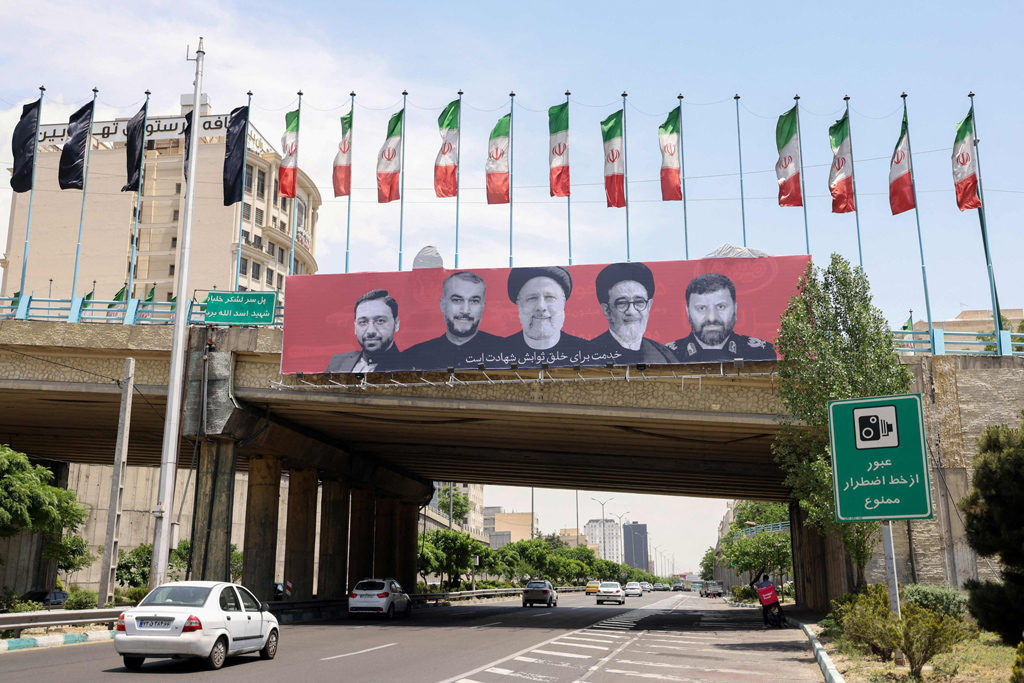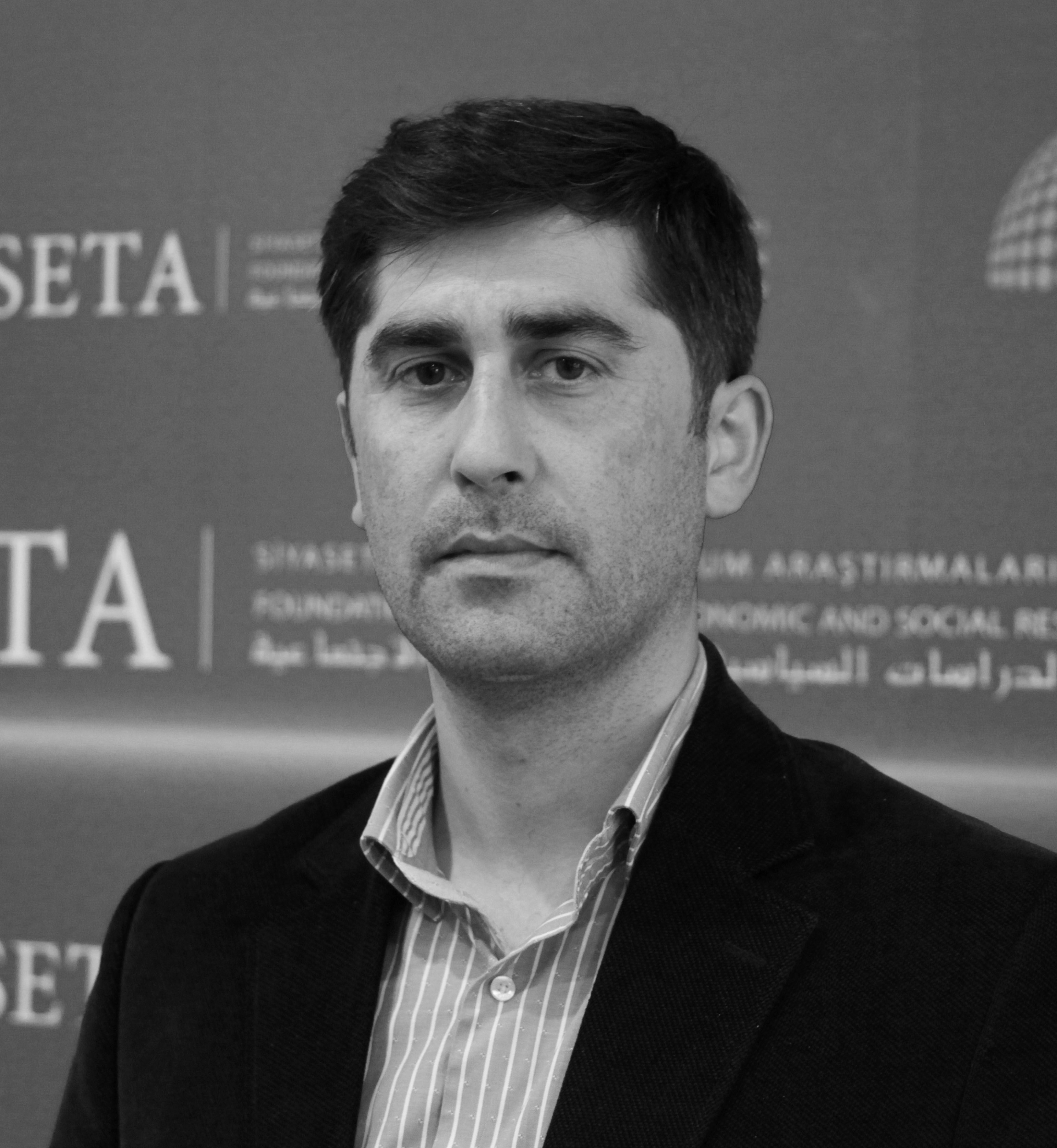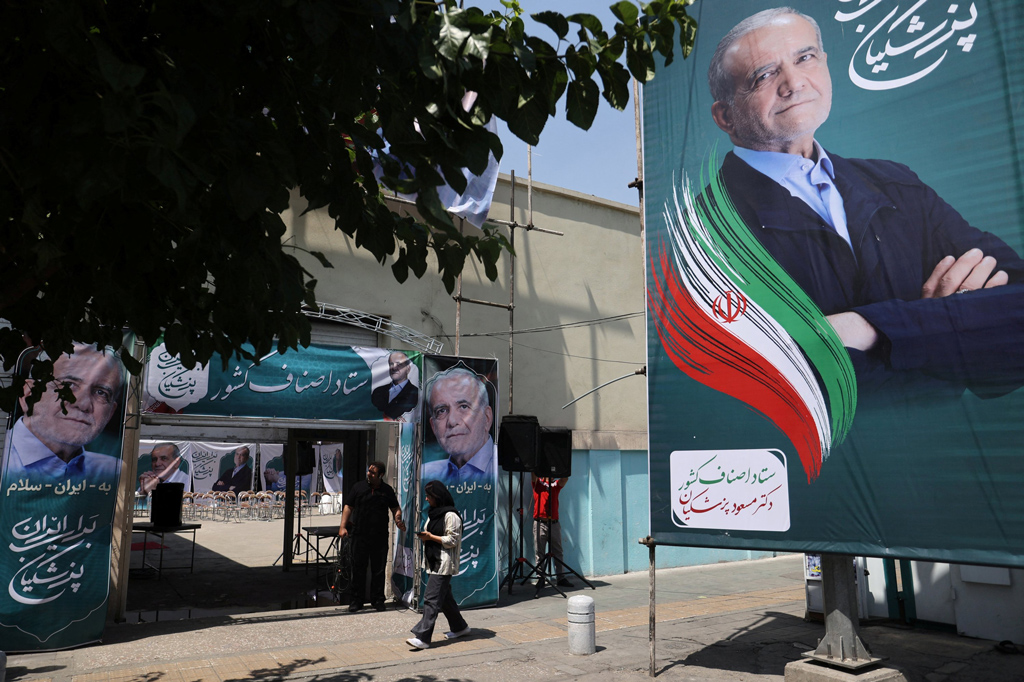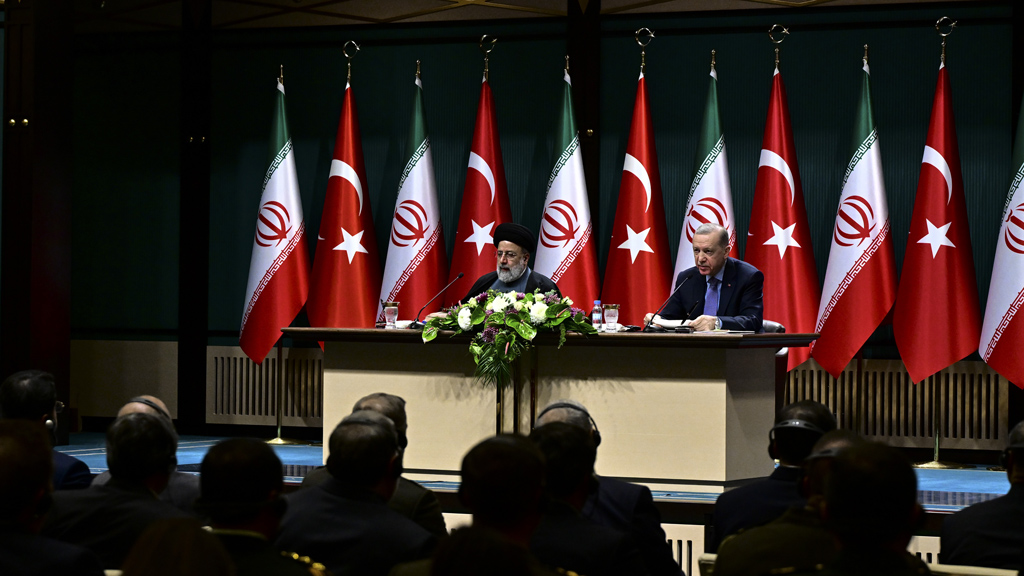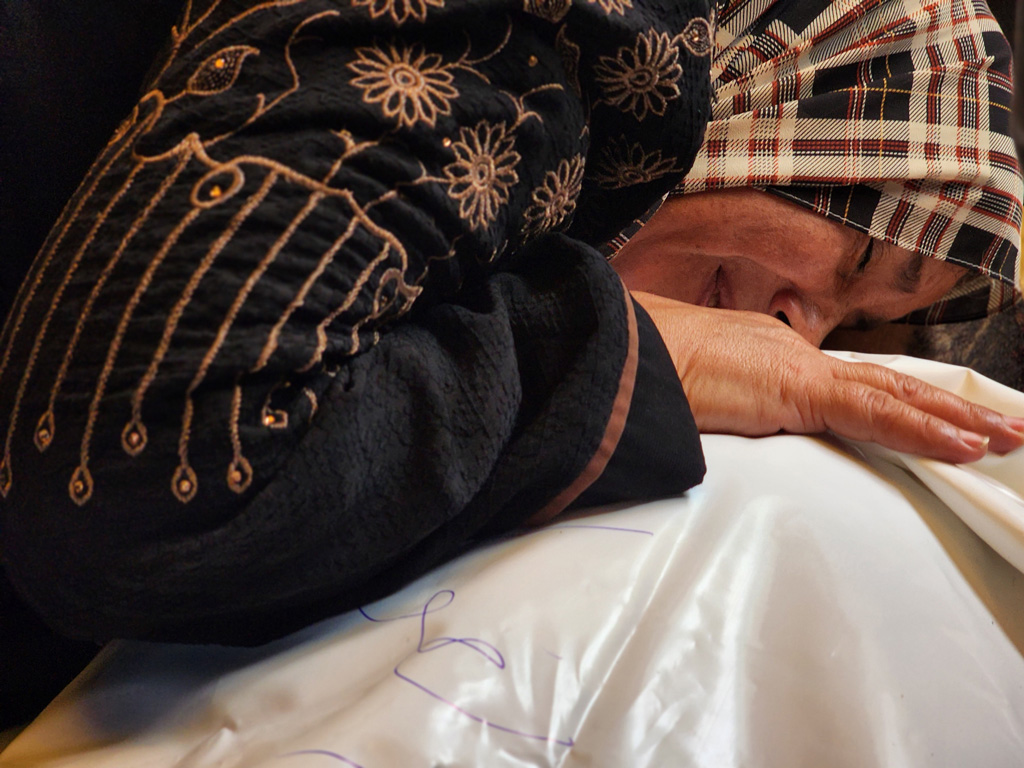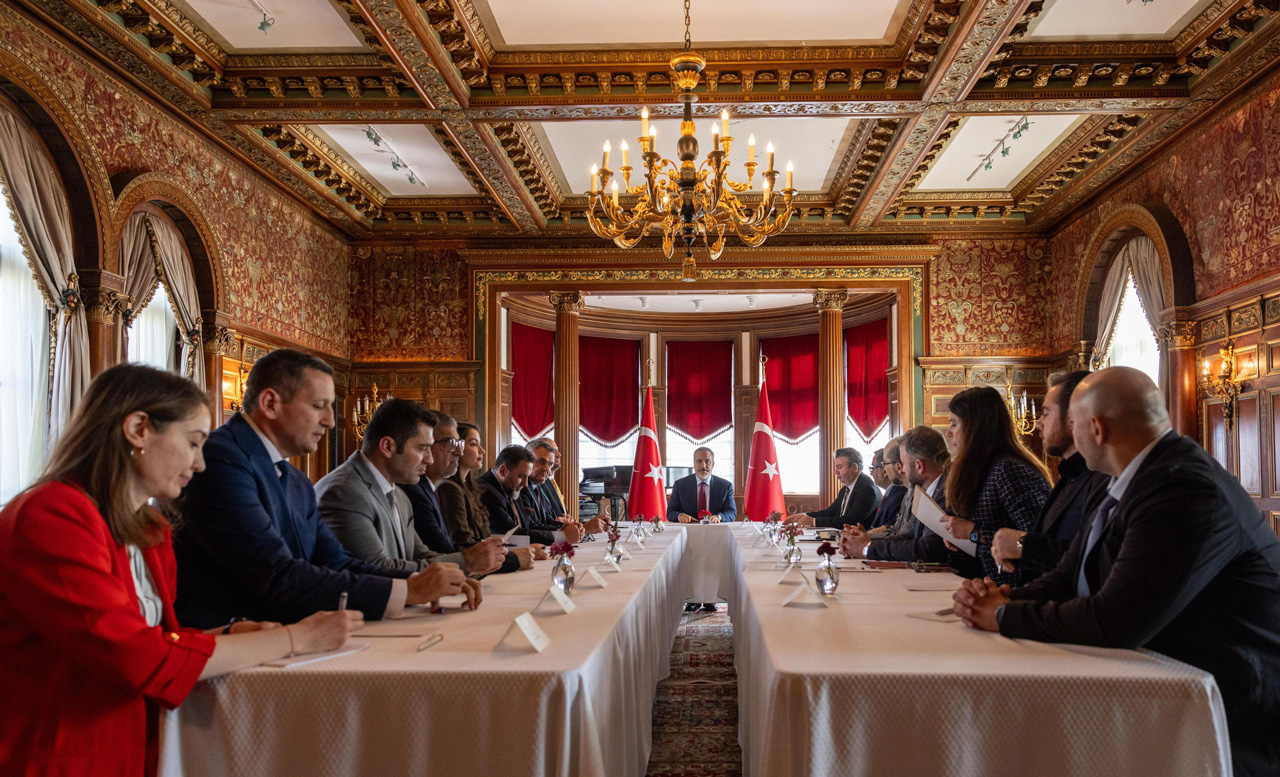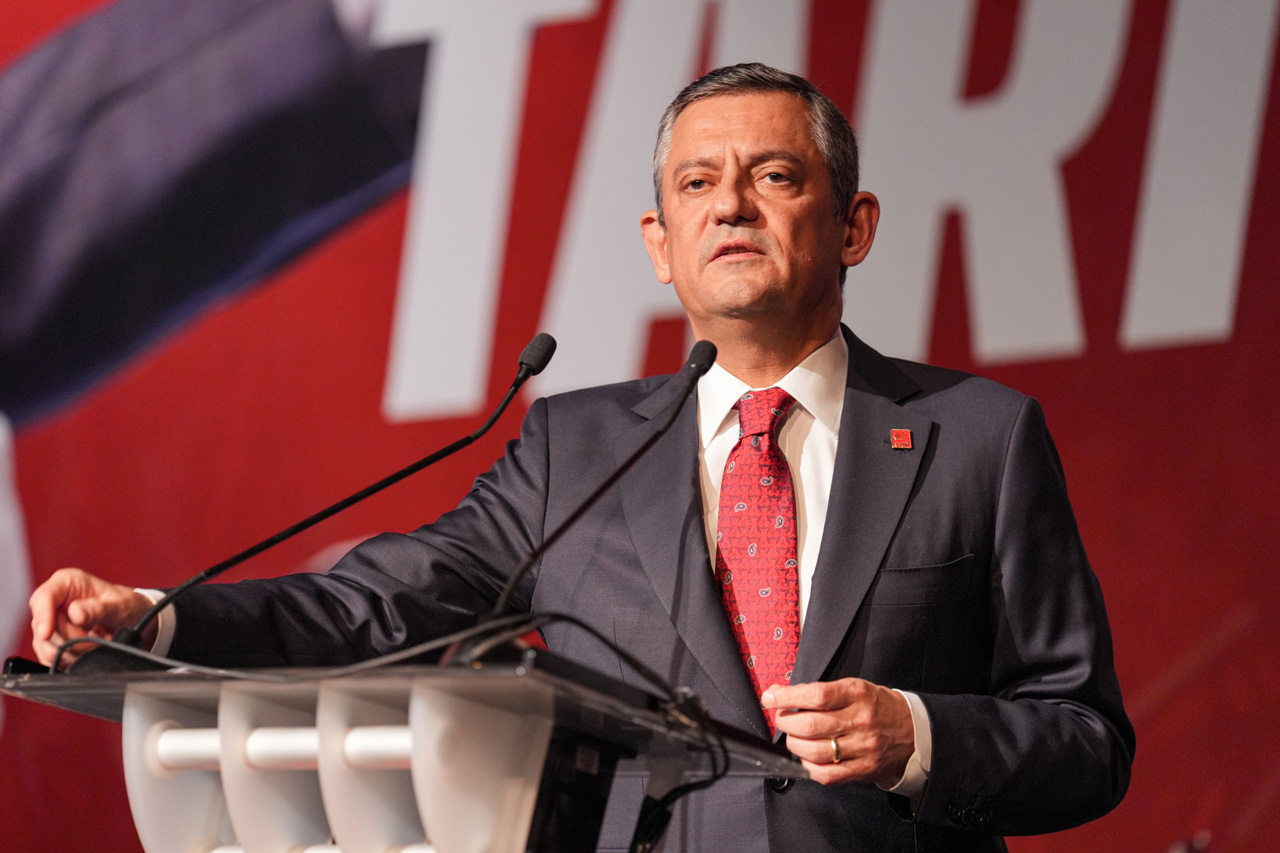The tragic death of Iranian President Ebrahim Raisi in a helicopter crash appears to have plunged Iran into a new period of uncertainty. Questions linger
about the cause of the crash, and the political landscape in Iran is, as always, poised for significant shifts. Given the turmoil the country has faced in recent years, predicting the direction of these changes is particularly challenging. Despite the uncertainties, anticipating a revolutionary shift would be imprudent. However, Raisi’s death disrupts the existing power structure and could profoundly impact Iran’s domestic and foreign policies.
Raisi was a pivotal figure in Iran’s conservative establishment, widely regarded as a potential successor to Supreme Leader Ali Khamenei. His death has left a significant void in the political hierarchy, creating a leadership vacuum that may trigger a power struggle among conservative factions and other political groups.
Mohamed Mokhber, appointed as interim president, is expected to stabilize the situation. However, his long-term succession plan remains unclear. Potential candidates to replace Raisi will likely emerge within the Revolutionary Guards and other conservative organizations. This period of uncertainty could lead to increased political maneuvering as various factions vie for influence. Moreover, Raisi’s death could ignite debates about Iran’s future leadership and whether a more collective or different form of governance might be more suitable. The political dynamics in Iran have always been complex, and the transition process may reveal much about the underlying tensions and alliances within the country's political landscape.
Raisi’s tenure was marked by efforts to address Iran’s economic challenges, which were exacerbated by international sanctions. His administration focused on stabilizing the economy, reducing inflation and managing popular discontent. However, particularly after Oct. 7, Iran found itself at the center of a regional crisis in the Middle East. The military escalation between Iran and Israel has complicated the resolution of Iran’s thorny issues and has further drained Iran’s resources, negatively impacting the normalization process with Gulf countries. Raisi’s leadership during these tumultuous times was crucial, and his sudden death may have affected both internal stability and regional dynamics.
Internal power struggle
With Raisi’s death, the
new presidential election process will rekindle political debates in Iran, potentially diverting attention from regional developments. Iran grapples with numerous challenges, notably an economy strained by sanctions, which increasingly tests the limits of its “resistance economic” model and fuels popular dissent against the regime. Thus, the upcoming electoral process presents a critical opportunity for Iran to reconsider its economic strategies. Should a more pragmatic or reformist leader come to power, there might be renewed efforts to engage with the international community to alleviate sanctions and attract foreign investment. On the other hand, if a hardliner prevails, the focus may continue to be on resisting external pressures and promoting self-sufficiency. However, the democratic process itself will not dictate which type of candidate will emerge as the next president.
Although the regime holds a monopoly on determining the candidates and the direction of Iranian politics, it is evident that there is an internal power struggle within the regime itself. Power struggles among conservative factions can lead to instability and disrupt the continuity of policies. Managing the transition process is thus crucial. The interim administration faces the challenge of navigating these internal disputes while maintaining public confidence and adeptly handling the ongoing economic and other potential challenges facing the country.
Raisi’s death has indeed triggered a critical phase in Iranian domestic politics, marked by a potential shift in power dynamics. The leadership vacuum may lead to significant changes within the political landscape of Iran. In the wake of his passing, factionalization within the conservative camp is expected to intensify, potentially leading to heightened internal conflicts. The Revolutionary Guards Corps, a dominant force in Iranian politics, is likely to play a crucial role in shaping the transition and future direction.
This internal strife within the conservative bloc could weaken their cohesive power, potentially opening a window for reformist groups to increase their influence. However, despite public support for reformist agendas, it remains challenging for such groups to ascend during this turbulent period. The regime’s structure and political dynamics make it difficult to transition to a reformist era, even with significant social demand. Thus, while the opportunity for change is present, the ability of reformist elements to capitalize on this moment remains uncertain.
The debate over religious leadership in Iran has intensified with the death of Ebrahim Raisi, who was widely regarded as a potential successor to Supreme Leader Ali Khamenei. With Raisi’s untimely departure, the question of who will follow Khamenei has become increasingly urgent. Potential successors now prominently include Khamenei’s son, Mojteba Khamenei, along with key allies of Raisi within the judiciary and the Revolutionary Guards. This succession struggle is crucial as it could fundamentally shape Iran’s political landscape for the coming decades. If Mojtaba is elected as the new religious leader following Khamenei, the implications for the Iranian regime could be quite contentious. This scenario is likely to contradict the ethos of the 1979 revolution. The transition of power from father to son may erode the regime's religious legitimacy in Iran, potentially intensifying dissatisfaction among conservative factions.
Challenges in foreign policy
Raisi played a significant role in shaping Iran’s foreign policy, particularly regarding nuclear negotiations, though he was not solely responsible for managing the nuclear issue. Iran’s firm stance on its nuclear program and its approach to negotiations with Western countries have been central to the regime’s foreign policy, a stance that has become increasingly rigid following the Israeli-Iranian military escalation. The nuclear issue is complex and extends beyond simple foreign policy considerations, meaning that the new era’s stance could profoundly impact not only Iran but the entire region.
With
Raisi’s death, there is potential for a significant shift in Iran’s approach to nuclear negotiations. The incoming president might choose to continue Raisi’s policies or opt for a different strategy, potentially steering Iran toward a more pragmatic direction. This shift could alter the dynamics of Iran’s interactions with the West and influence the broader geopolitical landscape of the Middle East.
The impact of the nuclear policy transition following Raisi’s death will be closely watched by the international community. If the new leadership adopts a more conciliatory approach, it could pave the way for reduced tensions and potentially lead to lifting some sanctions. This would have significant implications for Iran’s economy and its international relations. Conversely, if the new leadership maintains or intensifies a tougher stance, which remains a possibility, it could result in increased pressure on Iran and further isolate the nation globally. Such developments are pivotal as they could influence not only regional stability but also the broader dynamics of international diplomacy.
Future of Iran's foreign and security policies
The death of Raisi raises significant questions regarding the future of Iran’s foreign and security policies. While Iran’s strategic influence in the region, particularly through its proxy relationships in Syria, Iraq, Lebanon and Yemen, is unlikely to see a fundamental shift, the rhetorical stance of the new leadership could vary. This change in rhetoric might affect how Iran’s policies are perceived internationally.
The essential strategy of sustaining influence in the region is deeply embedded in Iran’s geopolitical objectives and is not contingent on individual leadership. However, the new president’s approach will be pivotal. They could opt for a tougher rhetorical line, which might align with a hardline domestic and foreign policy stance, or they might choose a more conciliatory rhetoric to reduce regional tensions, potentially easing relations with neighboring countries and broader international actors.
Regardless of the rhetorical approach, major shifts in Iran’s security policies are unlikely in the near term, especially as long as the conflict in Gaza continues and broader regional stabilization remains unachieved. These ongoing conflicts ensure that Iran’s strategic imperatives in the region remain a priority and any significant deviation from existing security policies is unlikely without changes in the regional geopolitical landscape.
The new president of Iran will likely be motivated to continue the normalization process, particularly in light of the ongoing efforts with Saudi Arabia and other Gulf countries. This diplomatic endeavor is crucial as the economic stakes are high. Iran’s economy is at a critical juncture and a hardline policy could exacerbate the existing economic crisis, making it increasingly difficult for Iran to attract allies and improve its international standing.
Raisi’s unexpected death has indeed left a void filled with unanswered questions and has ushered in a period of uncertainty that could affect Iran in the coming years. The upcoming presidential elections may alleviate some of this uncertainty by establishing a new leader. However, the broader uncertainty surrounding the potential change in religious leadership – critical to defining Iran’s long-term political and ideological trajectory – remains a significant factor that could influence the entire nation. This looming transition in religious leadership could have profound implications not just for domestic policies but also for Iran’s interactions on the regional and global stages.
[Daily Sabah, May 24, 2024]
